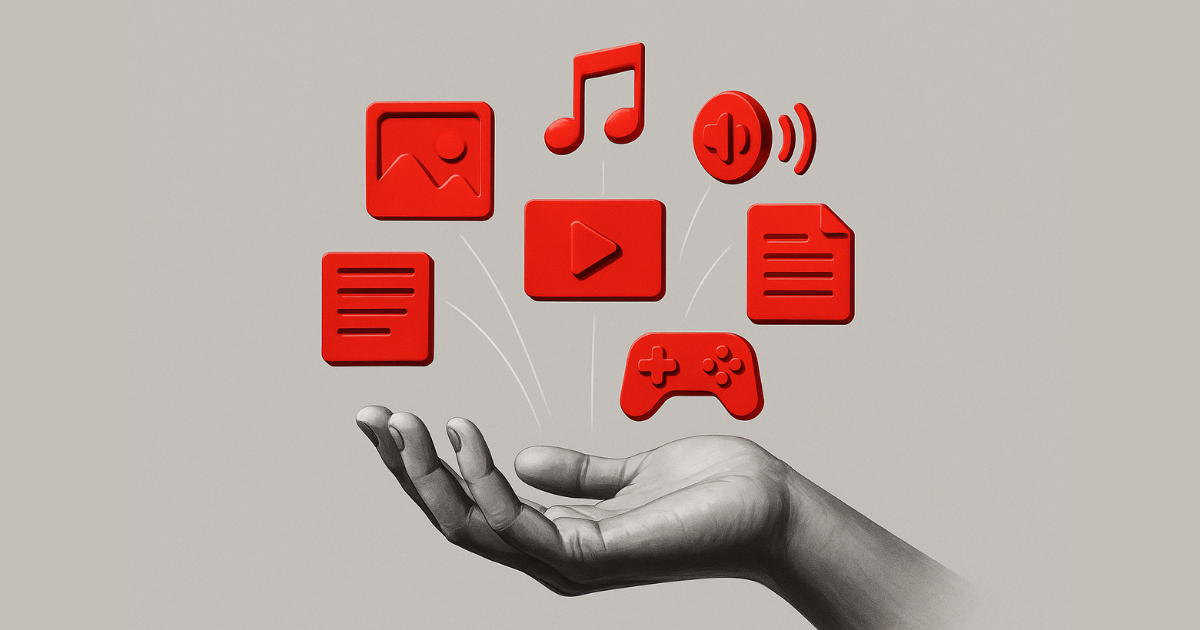
Your salespeople need only 3 minutes a day to learn everything they need to sell banking products
Selling banking products, whether loans, current accounts, cards, or insurance, has never been simple. It requires understanding customer needs, knowledge of numerous rules and procedures, and the skill to convey information clearly, accurately, and at the right moment.
Employees in branches and call centers are often the first point of contact with clients, and they play a key role in achieving sales results. However, in today’s dynamic and highly regulated environment, one question arises:
How can you ensure that every team member is always informed, confident in communication, and ready to respond to market changes?
The answer increasingly lies in microlearning: short, focused lessons that, when used properly, deliver big results.
What is microlearning?
Microlearning is a method of learning through short, precisely designed content, usually lasting between 2 and 5 minutes. Instead of classic lectures or long training sessions, microlearning focuses on a single topic, skill, or piece of information that employees can immediately apply in their daily work.
What makes it particularly effective is:
- Time efficiency: Easily fits into the daily routine without disrupting workflow
- High relevance: Focused only on what really matters at that moment
- Quick application: Knowledge can be used immediately while it’s fresh
- Easy distribution: Delivered digitally, anytime and anywhere
Microlearning formats can include:
- A short video demonstrating a skill or knowledge in practice
- A written “tip of the day” with practical advice
- A mini quiz to check understanding
- A visual flow or process illustration
Employees don’t need to leave their workplace or wait for scheduled training—the knowledge is instantly available, and all educational resources are literally at their fingertips.
Challenges in selling banking products
1. Frequent and rapid product changes
Banks regularly introduce new current account packages, adjust lending conditions, add card benefits, or embed insurance into existing products. Often, employees find out about changes only when a customer asks, which directly undermines trust and sales performance.
- How microlearning helps:
A quick and short lesson, delivered immediately after a change, ensures all employees receive the information simultaneously without delay. There’s no need for meetings because knowledge reaches the “front line” in real time.
2. Limited time for formal training
Traditional training requires employees to step away from operational work, which is not always possible in branches and call centers. Staff unavailability directly affects service and results.
- How microlearning helps:
Employees can consume training before their shift, during breaks, or even at home—whenever it suits them. Learning adapts to their rhythm without interrupting work.
3. Inconsistent knowledge among employees
Some salespeople are more informed and confident because they’re experienced or attended the latest training, while others remain in a “gray zone” because they missed an email about new card benefits or didn’t attend a session on insurance. This creates uneven service quality.
- How microlearning helps:
Microlearning ensures that all employees receive the same message, in the same format, with no room for misinterpretation. Platforms can also track who has completed the lesson and understood the content (e.g., through mini quizzes).
4. Lack of sales skills specific to banking products
Selling financial products requires more than knowing the terms and conditions—it demands active listening, identifying customer needs, and handling objections. For example: how to explain the value of an account package to young clients, how to respond to “I don’t need another card,” or how to present insurance as a natural add-on to a loan.
- How microlearning helps:
Short lessons such as “How to identify customer needs in the first minute” or “How to connect a product to life situations” empower salespeople in real conversations. This builds their confidence and drives results.
5. Fatigue from traditional training methods
Long training sessions, presentations, and PowerPoint decks often lose employees’ attention, and the knowledge rarely sticks. When overloaded with information, employees struggle to recognize what’s essential for practice.
- How microlearning helps:
Short, visual, and interactive lessons leave a stronger impact and focus only on what is practical: “one message – one skill.” This makes learning easier to absorb and retain.
Why does microlearning work so well in banking sales?
Because it combines three key factors:
- Relevance – delivers only what employees need at that moment
- Flexibility – doesn’t disrupt work and can be consumed anytime
- Repetition – content can be revisited multiple times when needed
Banking sales teams work fast, under pressure, and in constant interaction with clients. In such an environment, microlearning brings the most value, it doesn’t take much time but delivers concrete results.
Conclusion
In selling banking products, whether it’s a loan, a card, a current account, or insurance, the difference between a missed and a closed opportunity often comes down to a single piece of information or a single sentence. Microlearning ensures those small but crucial details are never left out.
Sales Tune was designed precisely for these needs for teams that need to learn on the go, without disrupting their daily workflow. The platform offers various formats such as:
🎯 Short lessons
🧠 Memory games for easier concept retention
📩 Interactive quizzes
👉 Explore all the functionalities of Sales Tune and see how it can enhance the learning experience of your sales team.











